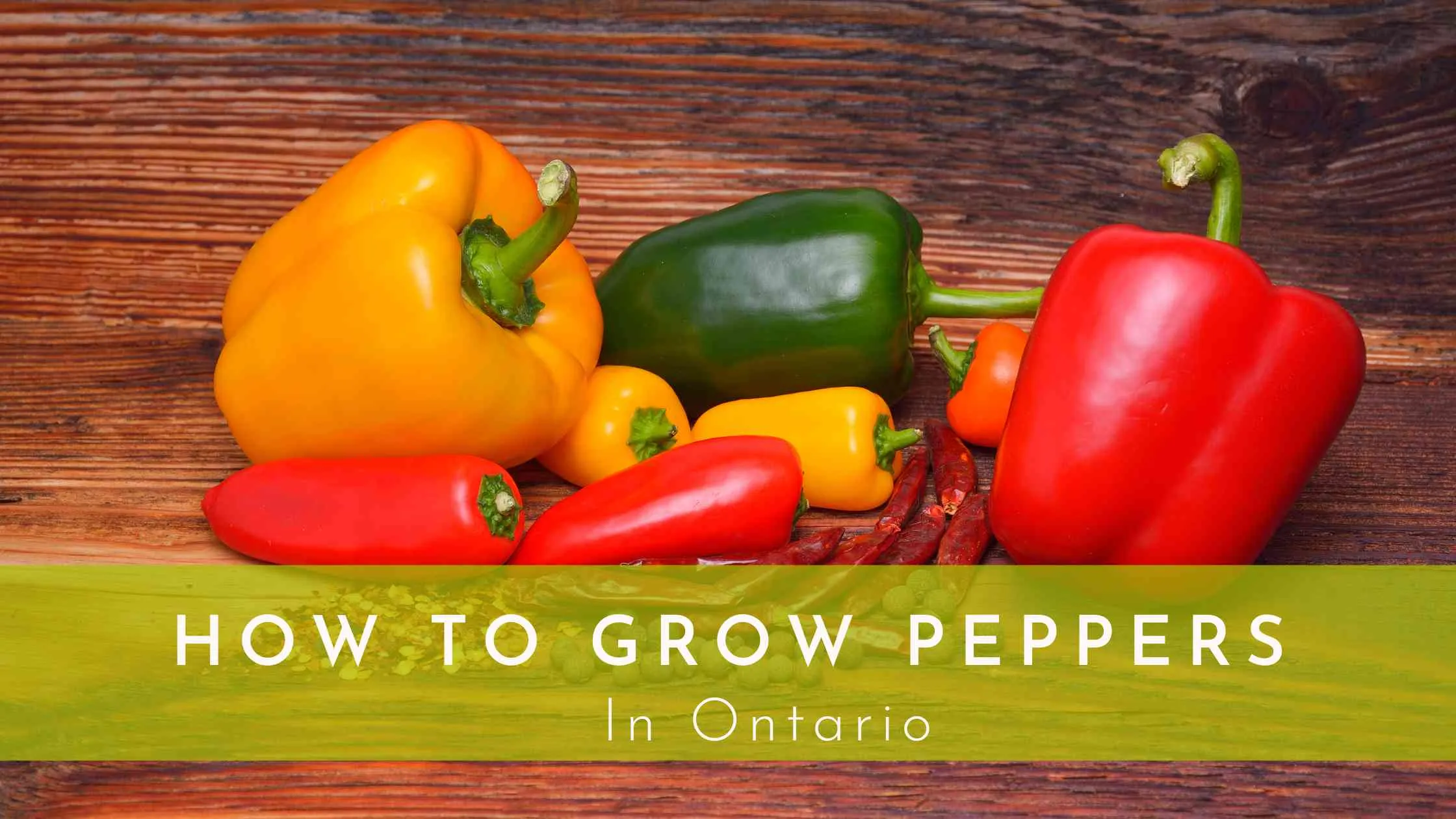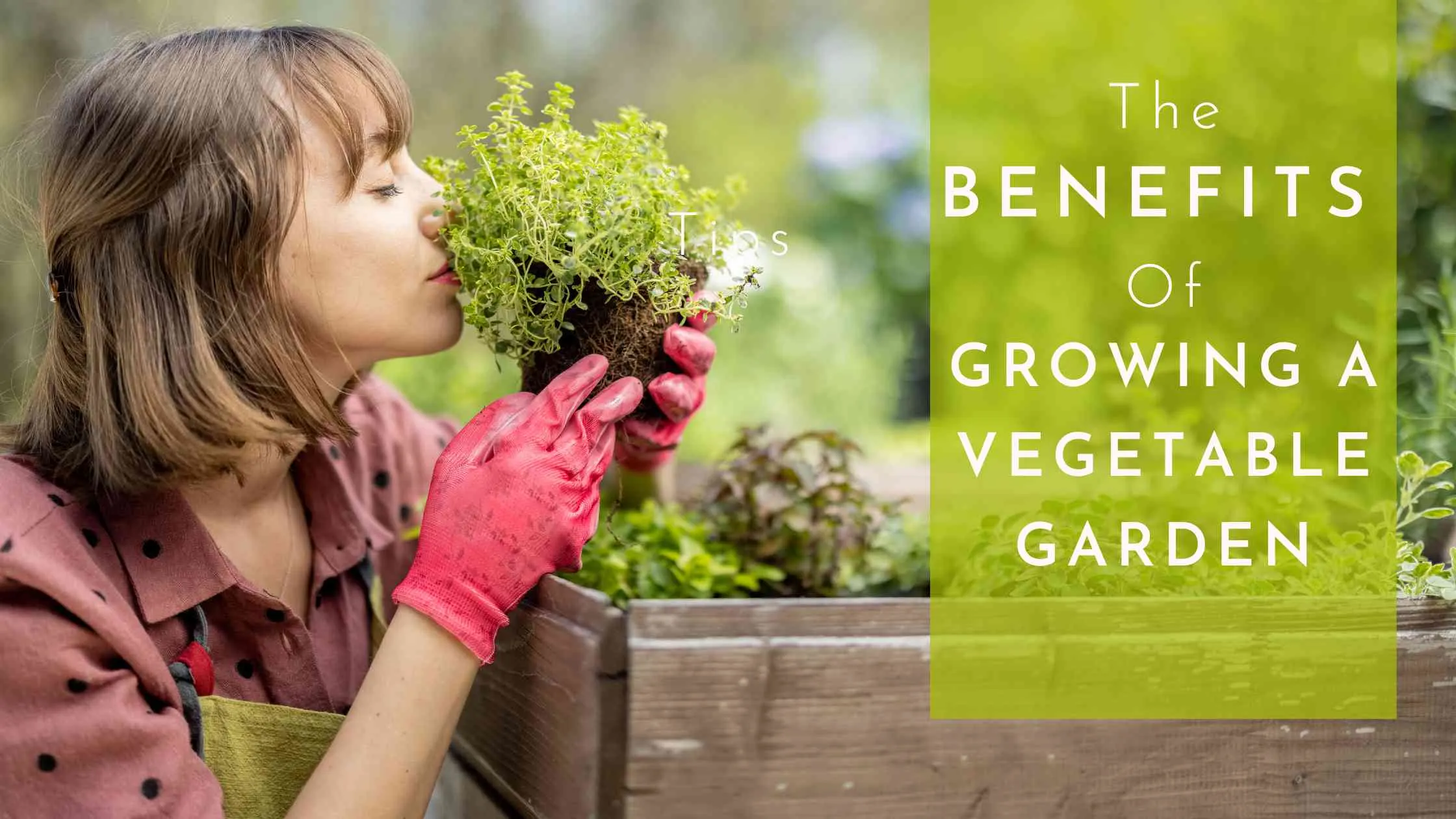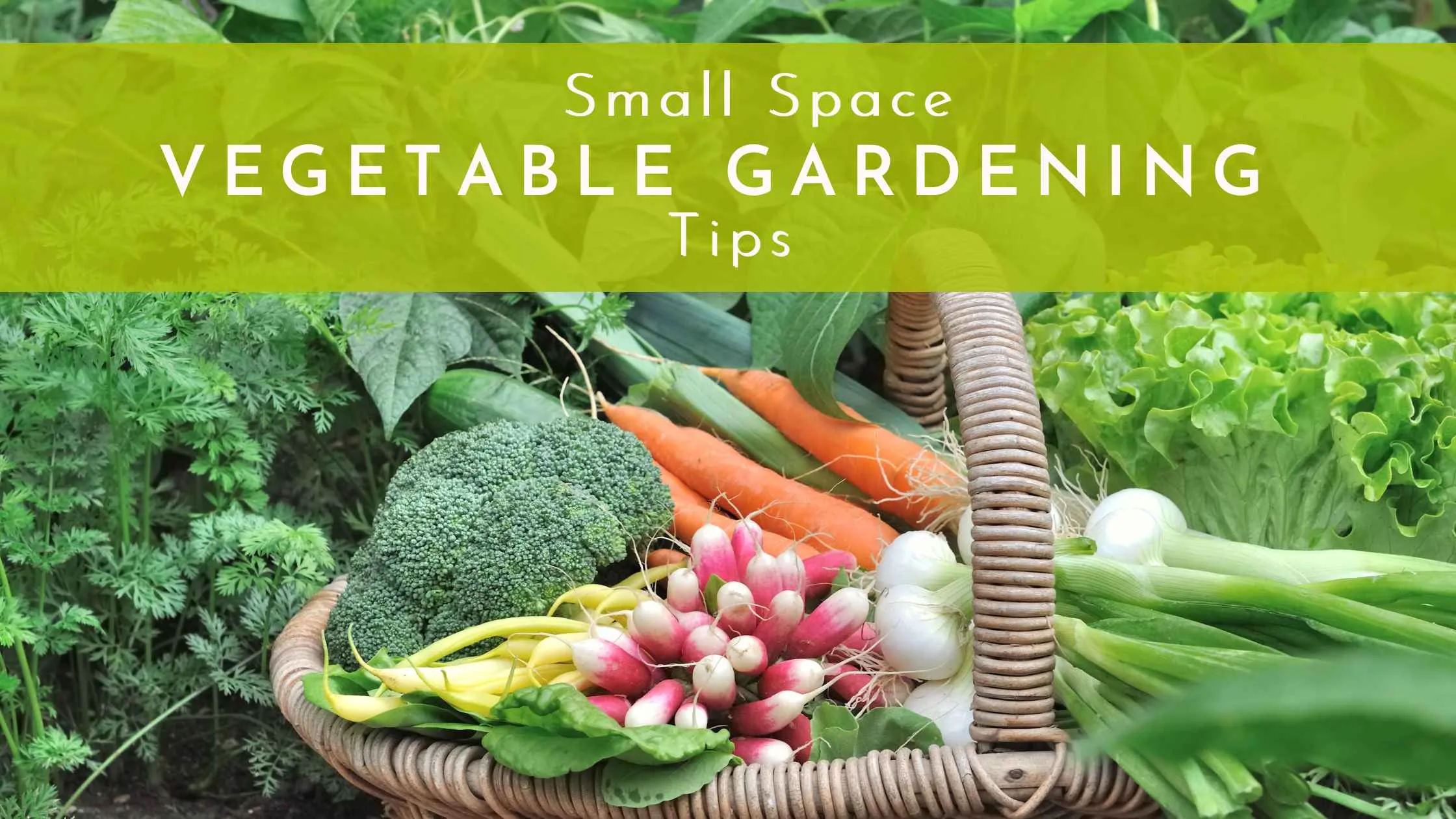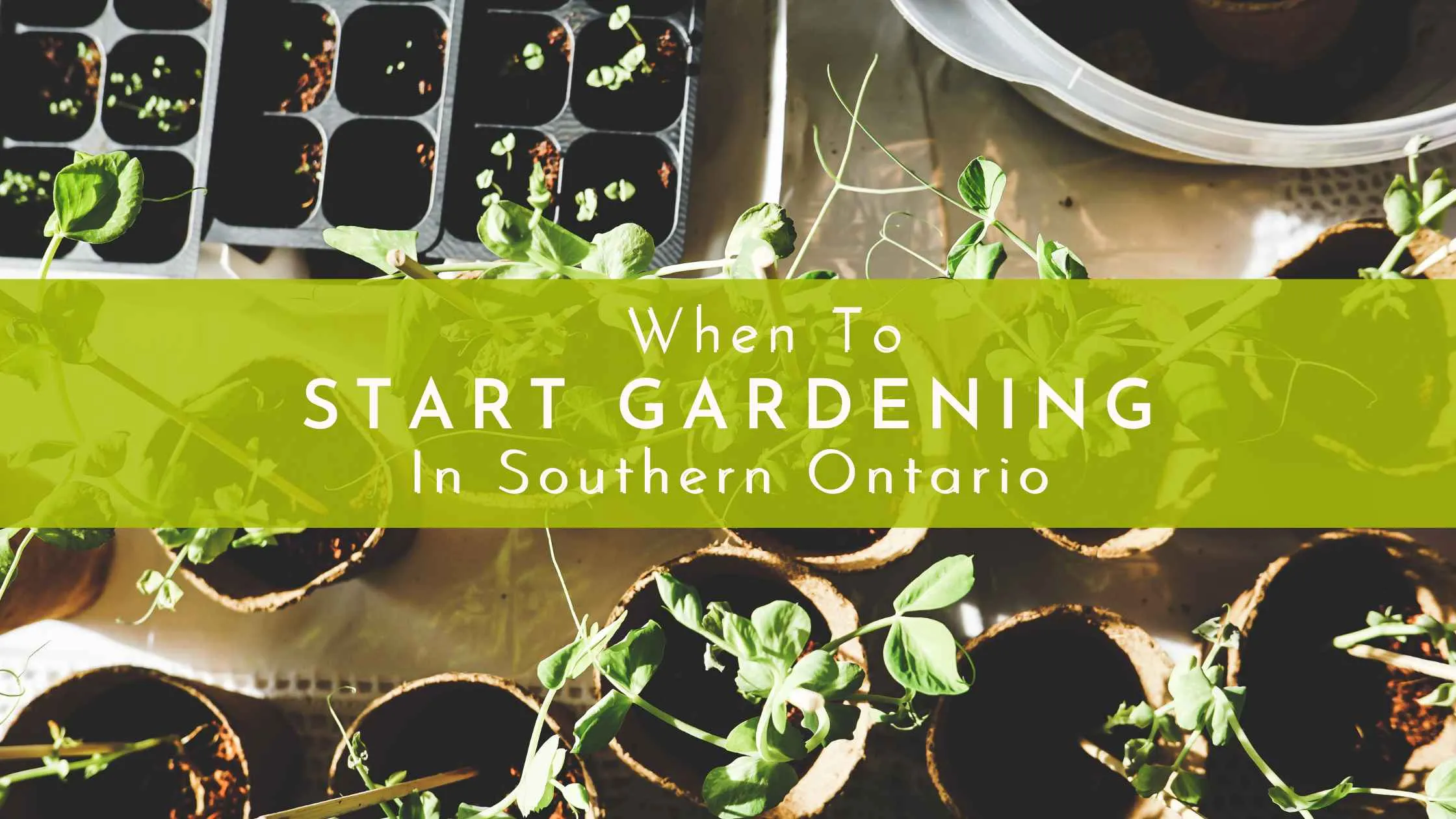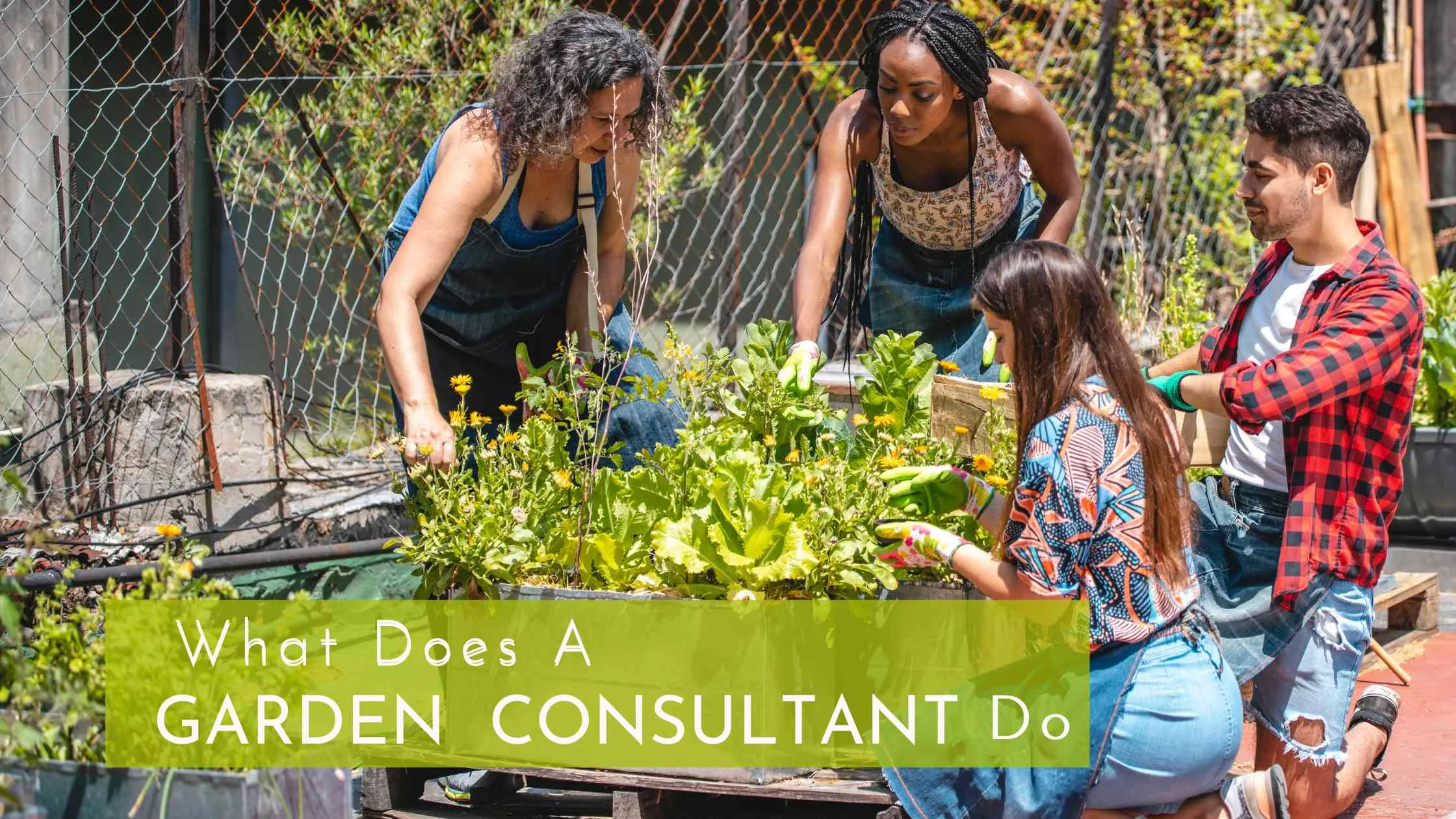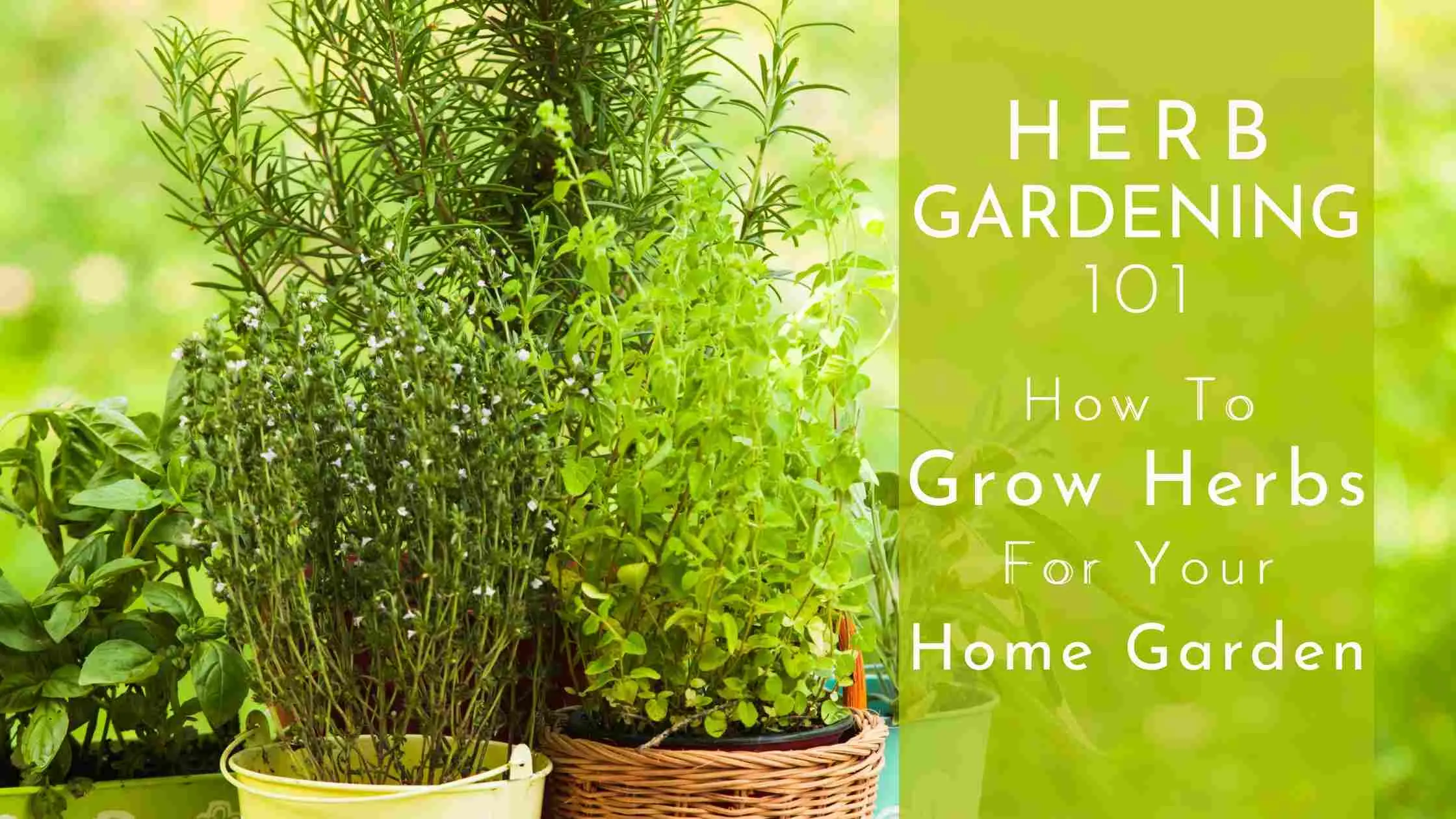Vertical Gardening
As a kitchen gardener, I am sure you are aware of the space limitation when you want to grow a variety of produce for your family. Today, I want to delve into the world of vertical gardening – a solution that's not only aesthetically pleasing but also incredibly functional, especially when space is at a premium.
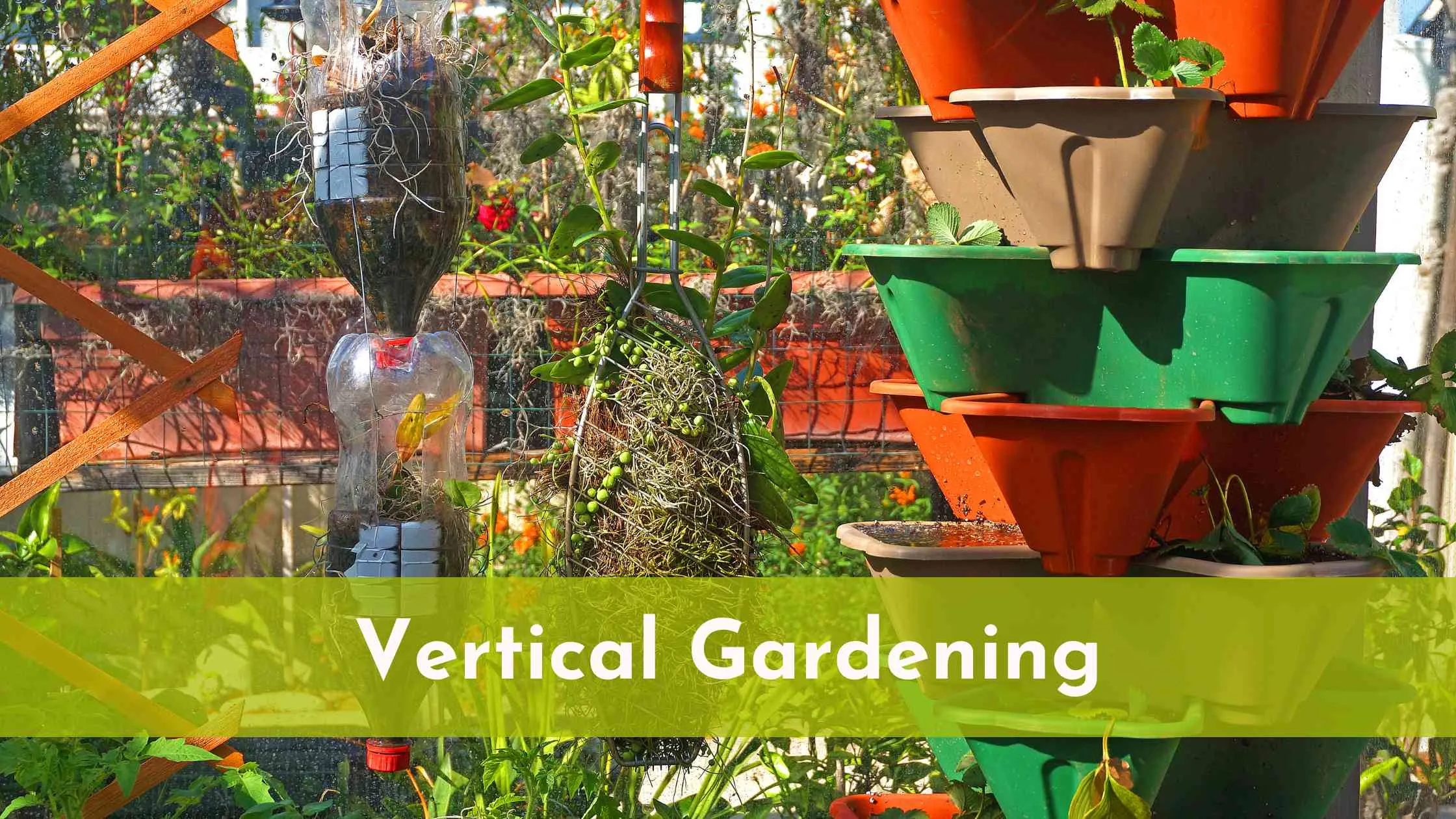
Why Vertical Gardening?
In our bustling region of southern Ontario (and the GTA specifically), space is often a luxury. Vertical gardening offers a creative and efficient way to maximize your green area. Whether you have a small backyard, a balcony, or even just a sunny wall, vertical gardening allows you to grow a variety of plants, from luscious vegetables to stunning flowers, without needing acres of land.
Getting Started With Vertical Gardening
Choosing Your Structure
First things first, let’s talk about structure. Vertical gardens can be created using various supports such as trellises, wall planters, hanging baskets, or even upcycled items like pallets and old ladders. The key is to choose a structure that suits your space and the type of plants you want to grow.
Trellises and arches can even be used in your containers and raised beds.

Selecting Plants for Your Vertical Garden
In our Southern Ontario climate, we're blessed with a range of options. For vegetable lovers, climbing varieties like beans, peas, and some types of squash and tomatoes are perfect.
If you're more into flowers, petunias, morning glories, and clematis add a splash of color. And let's not forget herbs – basil, thyme, and oregano are not only beautiful but also practical additions to your kitchen garden.
Soil and Water
Vertical gardens require good-quality soil and regular watering. Opt for a potting mix that's designed for container gardening, as it'll ensure proper drainage and nutrient retention.
Watering can be a bit tricky in vertical setups, as gravity pulls the water down, leaving the top plants dry. Consider a drip irrigation system or self-watering planters to keep your garden hydrated.
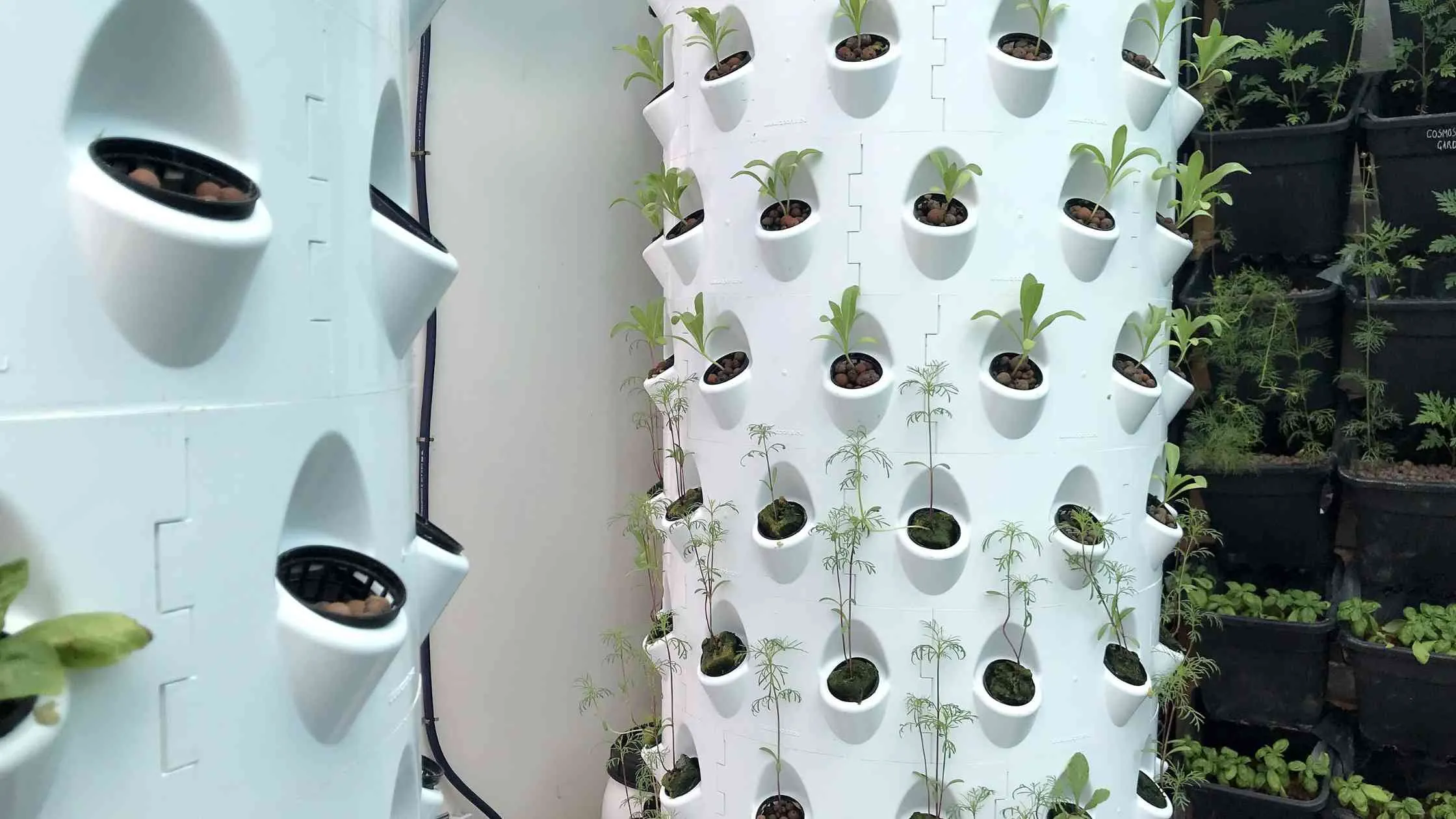
Sunlight and Exposure
Most vegetables and flowering plants require six to eight hours of sunlight daily. However, in our region, where the sun's path changes significantly between seasons, it's important to position your garden to receive optimal light. South-facing walls or fences are usually a great choice.
Dealing with Pests and Diseases
No garden is immune to pests and diseases, but the good news is that vertical gardens often have better air circulation, which can help reduce these issues. Keep an eye out for common pests like aphids and spider mites, and treat them promptly with organic solutions like neem oil or insecticidal soaps.
Seasonal Considerations
In southern Ontario, our gardening season typically runs from late spring to early fall. However, with a vertical garden, you can extend this a bit. Use cold frames or frost cloths to protect your plants during unexpected cold snaps. And in the fall, consider planting cold-hardy greens or converting part of your vertical space to a cool-season herb garden.
Community and Aesthetic Appeal
One of the most wonderful aspects of vertical gardening is its ability to bring beauty and nature into our urban spaces. It's not just about the produce; it's about creating a green oasis that can be a focal point in your home or community.
Plus, the vertical element adds an architectural dimension to your garden, making it a conversation starter among neighbors and friends.
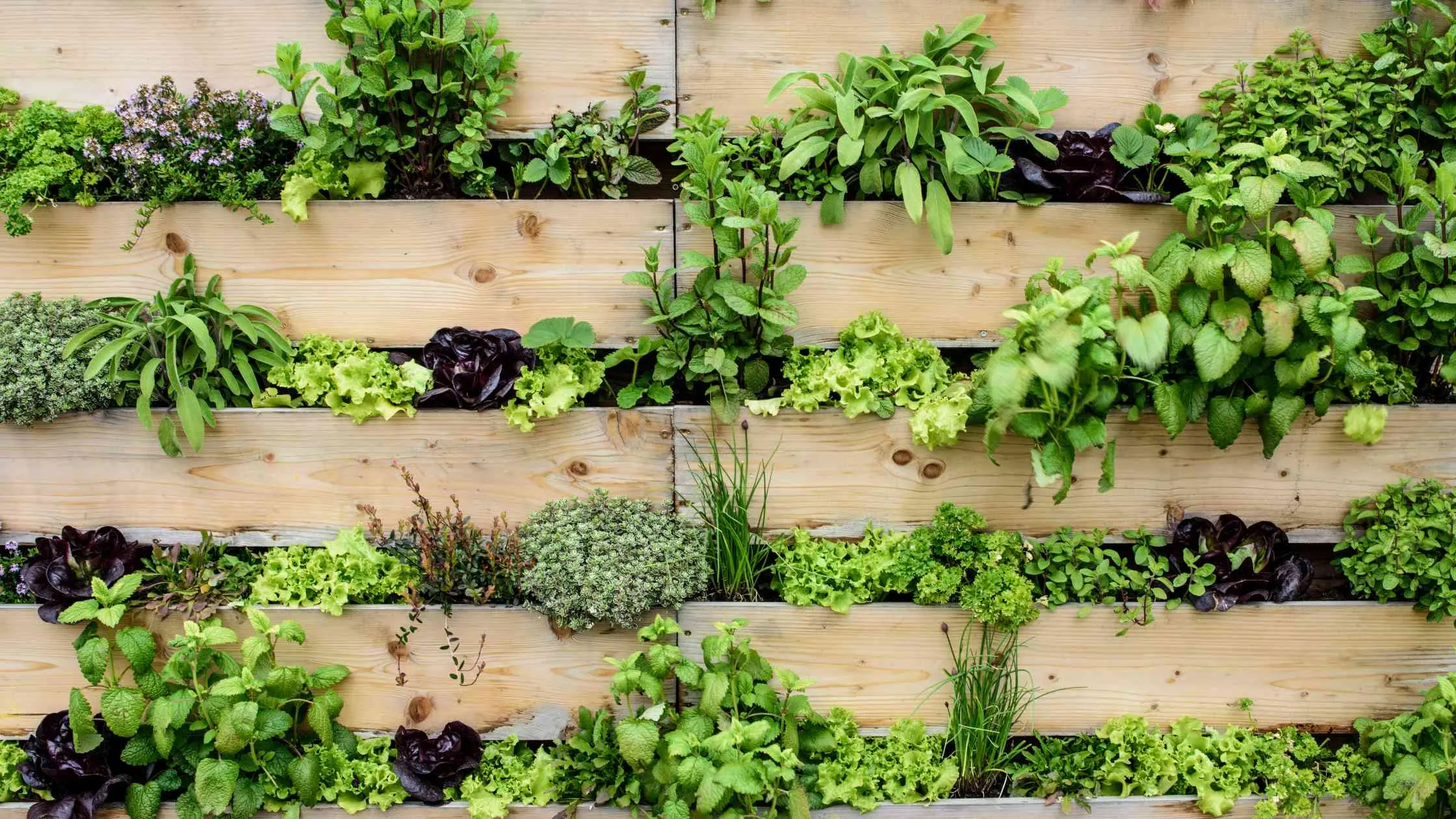
Sustainability and Eco-Friendly Gardening
Vertical gardening is also a step towards sustainable living. By growing your own food, you reduce your carbon footprint. Plus, these gardens can help improve air quality and provide habitats for beneficial insects like bees and butterflies.
FAQs
How does one make a vertical garden?
To create a vertical garden, choose a wall, build a frame, attach plastic sheeting, add the growing material, set up an irrigation system, include a fertilizer injector, select your plants, and insert them into the structure.
Can I grow vegetables in a vertical garden?
Vegetables like tomatoes, cucumbers, melons, squash, and beans are great for vertical gardening and can be grown on systems like trellises.
What fruits can be grown vertically?
Fruits that are suitable for vertical gardening include pole beans, peas, tomatoes, cucumbers, squashes, and melons. These can be grown on supports like stakes, trellises, cages, or fences.
Are vertical gardens easy to maintain?
Vertical gardens are generally easier to maintain than regular gardens. Working at eye level is physically easier, and the fact that the plants are in containers means less time devoted to fighting pests and disease.
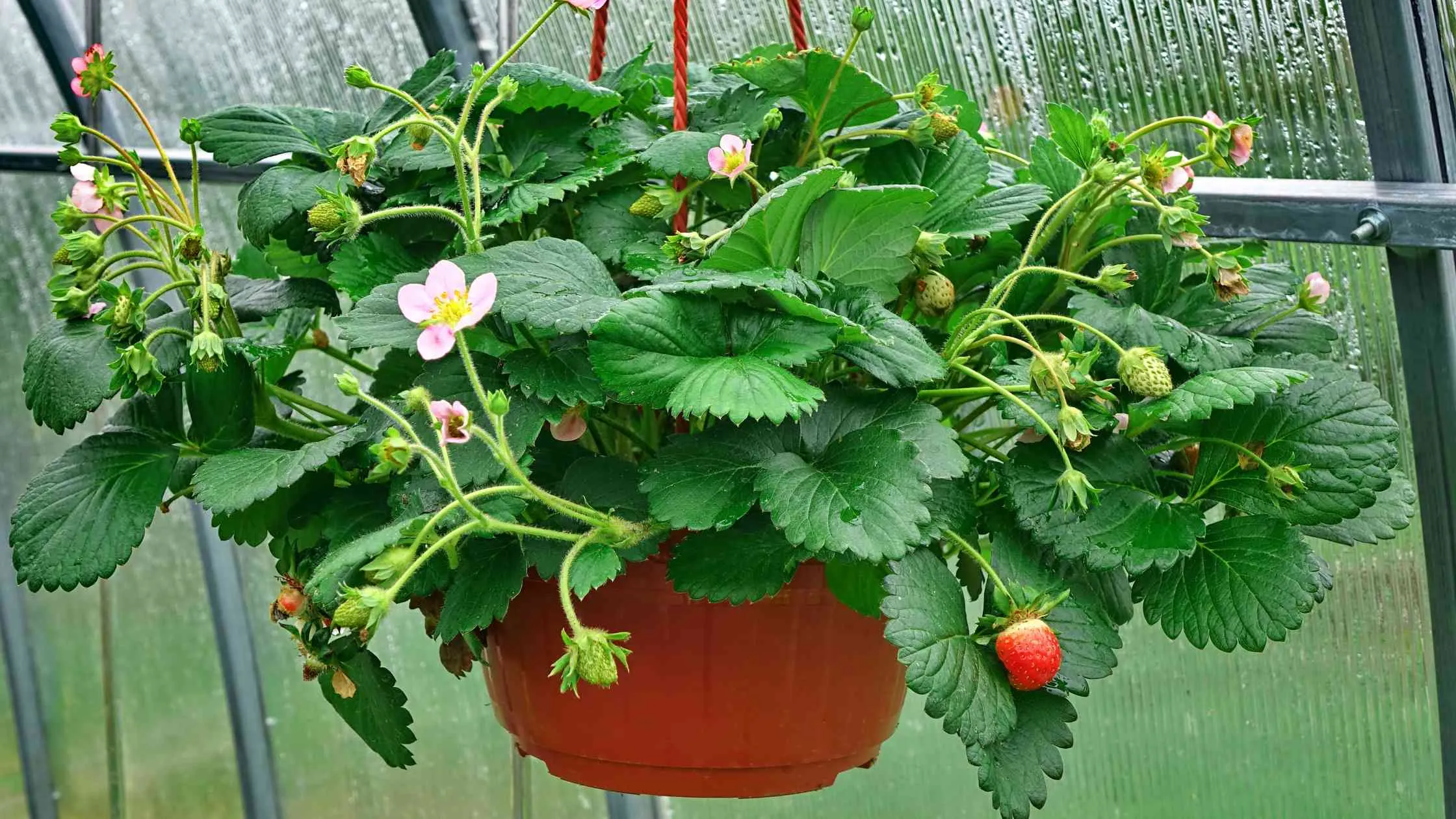
What soil is best for vertical gardens?
The best soil for vertical gardens is good-quality potting soil based on loamy soils, mixed with elements like sphagnum, much-matured compost, garden loam or topsoil, and clean builder’s sand.
Can I incorporate artificial plants in a vertical garden?
Yes, you can include high-quality artificial plants in your vertical garden, especially if you prefer low-maintenance options or have limited access to natural light.
Can I mix different plant types in a vertical garden?
Absolutely! Mixing different plant types, such as flowering plants, herbs, and trailing vines, adds visual interest and diversity to a vertical garden.
What are the best plants for indoor vertical gardens?
Ideal plants for indoor vertical gardens are those that thrive in low-light conditions and have compact growth habits. These include ferns, succulents, herbs, trailing flowers, pothos, snake plants, air plants, and certain types of ferns and succulents.
Which types of plants are best suited for living wall systems?
For living walls, it's best to choose low-maintenance plants like ferns, moss, and succulents, as they thrive in vertical conditions and require minimal water.
How often should you water a vertical garden?
The watering frequency depends on the system and plant types. For instance, with the Live Wall system, young edible plants might need only one minute per day of irrigation during summer. As plants grow larger, they may require two minutes per day, with longer times needed in extreme heat.
Final Thoughts and Tips
Remember, gardening is a journey, and vertical gardening is no exception. Start small, experiment, and don’t be afraid to make mistakes. Here are a few final tips to help you on your way:
- Start with Easy Plants: If you're new to gardening, begin with plants that are known for being hardy and low-maintenance.
- Regular Maintenance: Regularly check your plants for signs of stress or disease. Pruning and deadheading will encourage new growth.
- Community Involvement: Share your experiences with local gardening groups or online communities. Gardening is more fun when it’s shared!
So there you have it – a little guide to get you started on your vertical gardening adventure. Whether you're a seasoned gardener or a curious newbie, vertical gardening is a fantastic way to bring more green into your life. Happy gardening!

